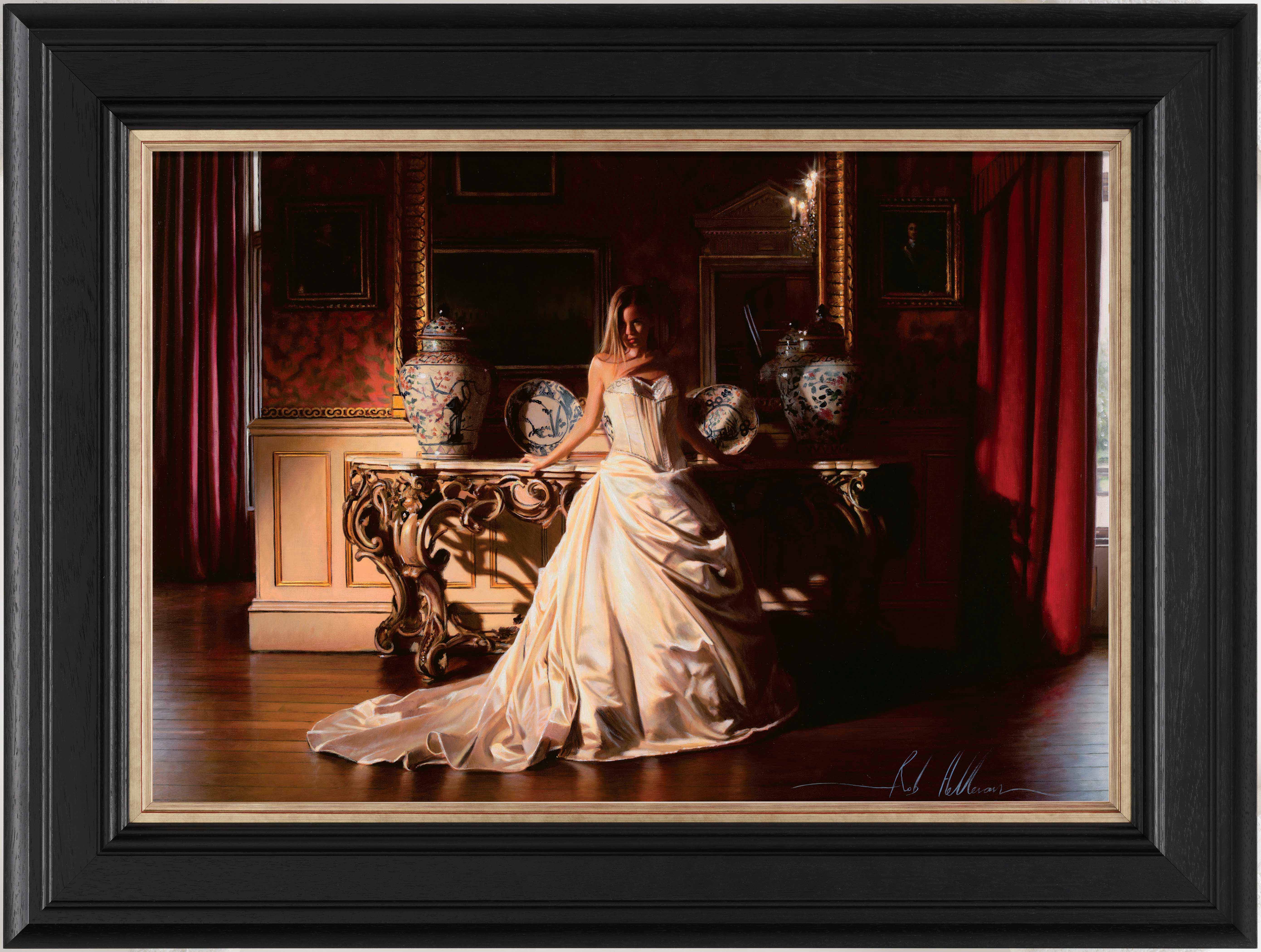
– losing, in the process, “her ghosts/ghosts of her children’s cries”.

There’s the woman, for example, who upsizes – She invests the places and objects of our lives with meaning. The imagery is generally accessible – at least it is to those of us who have lived (are living) similar lives in similar places. There are story poems and there are ones I’d describe as reflections. There are three-line poems, a four-page poem, and even a bunch of sonnets. There are poems that rhyme and poems that don’t. There are wry poems, and downright funny ones, and there are the passionate, the sorrowing, and the resigned ones.

I particularly like the way Edgar varies her tone throughout the collection. It’s a cheeky poem that contains both a sense of excitement and uncertainty, setting just the right tone for the rest of the collection:īut laughing in the square, she’d seemed less grand. She imagines the groom waiting at the other end of the procession, reflecting. The collection’s first poem is – as you might expect – titled “‘Corteo d’amore’ (Love procession)” and is Edgar’s response to the painting. I could mention for example a poem about clutter, which conveys the melancholy of time passing: The subject matter reflects the poet’s stage of life, someone who’s lived more than a few decades, who’s travelled, worked, lost friends and family, managed homes, experienced passion and peace. About the procession of our lives – about love, life and death, about work and the things that keep us going, about friends and family, about nature that travels with us. It’s a good title because the collection is about love – romantic and other – and about procession. Apparently it took many months for Edgar and the publishers to negotiate the rights to use the painting, but it was worth it because the end result is a simple, yet rich and stylish cover.

The painting, “Love procession”, is attributed to Marco del Buono and Giovanni di Apollonio, from the 1440s. As Edgar explained at the launch, the title comes from a painting she loved in the Renaissance Exhibition held at the National Gallery of Australia a year ago. Poetry and gardens – a match made in heaven don’t you think?Īnd in fact, there are gardens in this collection of poems, but before I write about the poems, I’d like to mention the title and cover. It was an oasis not only because the launch was for a book of poetry, but also because it took place in the peace of a garden. Information about image downloads and licensing is available here.Amongst the madness of last year’s silly season was a little oasis, namely the launch of local poet Suzanne Edgar‘s latest collection, The love procession. To help improve this record, please email. Object information is a work in progress and may be updated as new research findings emerge. Tuthill Endowment Fund, Print and Drawing Fund Reference Number 2012.556 IIIF Manifest The International Image Interoperability Framework (IIIF) represents a set of open standards that enables rich access to digital media from libraries, archives, museums, and other cultural institutions around the world.

Status Currently Off View Department Prints and Drawings Artist John Douglas Miller Title The First Whisper of Love Origin England Date 1884–1894 Medium Watercolor on ivory wove paper Dimensions 572 × 399 mm Credit Line Olivia Shaler Swan Memorial Endowment Fund, William H. Artists and printmakers relied heavily on these drawings during the process of designing prints and often destroyed them afterward. This rare, pristine intermediary model drawing was made by Miller after William Bouguereau’s small-scale studio version of his painting The First Whisper of Love. John Douglas Miller was a skilled mezzotint engraver who reproduced Renaissance-era and contemporary works with a painterly touch.


 0 kommentar(er)
0 kommentar(er)
